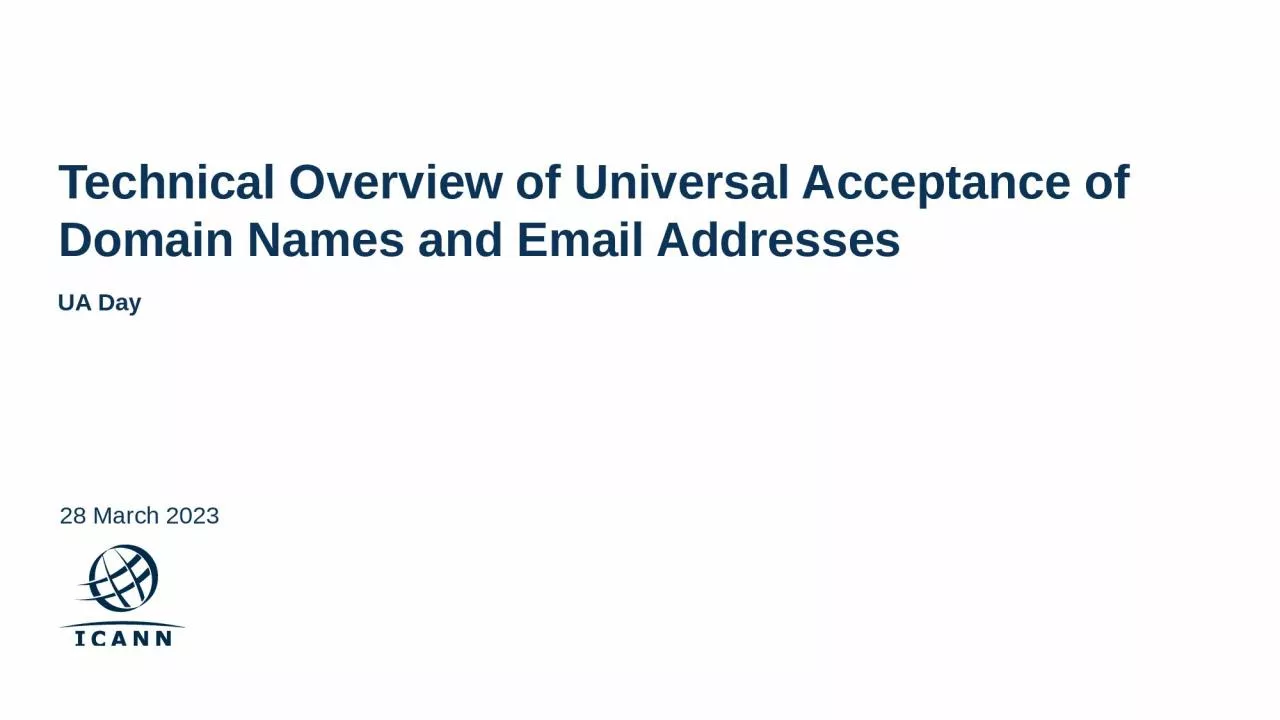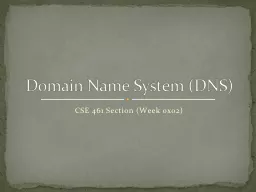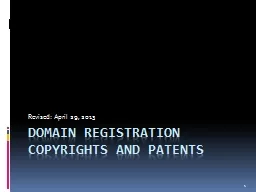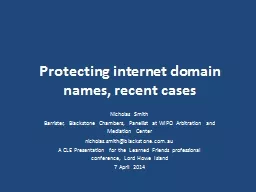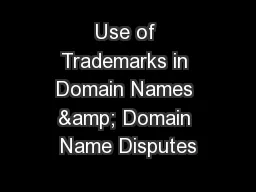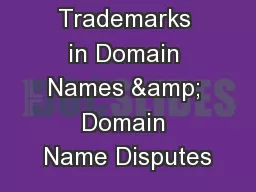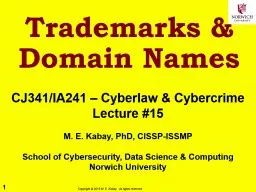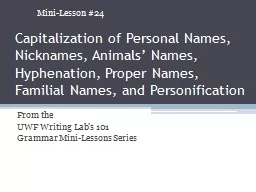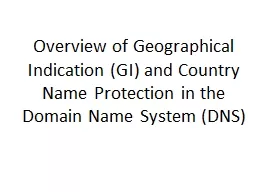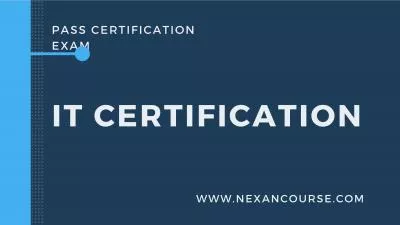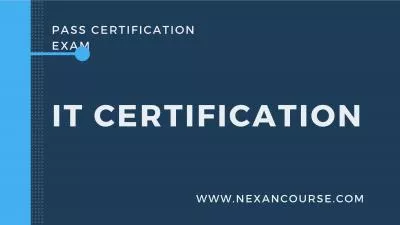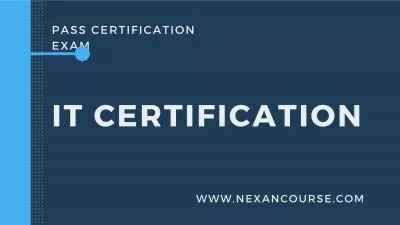PPT-Technical Overview of Universal Acceptance of Domain Names and Email Addresses
Author : walsh | Published Date : 2024-02-09
28 March 2023 UA Day Introduction Overview of Universal Acceptance Fundamentals of Unicode Fundamentals of IDNs Fundamentals of EAI Conclusion Agenda Overview
Presentation Embed Code
Download Presentation
Download Presentation The PPT/PDF document "Technical Overview of Universal Acceptan..." is the property of its rightful owner. Permission is granted to download and print the materials on this website for personal, non-commercial use only, and to display it on your personal computer provided you do not modify the materials and that you retain all copyright notices contained in the materials. By downloading content from our website, you accept the terms of this agreement.
Technical Overview of Universal Acceptance of Domain Names and Email Addresses: Transcript
Download Rules Of Document
"Technical Overview of Universal Acceptance of Domain Names and Email Addresses"The content belongs to its owner. You may download and print it for personal use, without modification, and keep all copyright notices. By downloading, you agree to these terms.
Related Documents

